Air Freight Vs Ocean Freight: Which is Best For Your Cargo?

When shipping your goods, you probably have a few options in mind. Air freight or ocean shipping are two different ways to transport goods from one place to another. Both options have pros and cons, and choosing the best one depends on your circumstances. Here's everything you need to know regarding air freight vs ocean freight: a detailed comparison and some help with your decision-making process.
What is air freight?
Air freight is the sending of goods by plane, also called "air cargo". It is the preferred method of transporting goods overseas if a short delivery date is required. Air cargo services in Oman can deliver small and expensive goods quickly and efficiently by using carriers to transport them. In addition to being the fastest method for exporting goods, air freight is generally the most costly form of international shipping. The technique is typically reserved for expensive, fragile, and small packages.
What is ocean freight?
Ships and specialist companies ship goods worldwide by sea using ocean freight. In most cases, packages are shipped in large shipping containers. Ships travelling to your delivery destination are booked by freight forwarders who book entire containers or a certain amount of space. While shipping goods by sea takes longer than shipping them by air freight, it's also more affordable and a better option if you're shipping heavy or bulky items.
Factors to Consider When Choosing Air Freight vs Ocean Freight
1) Cost:
Even though ocean freight is often less expensive than air freight, it is essential to understand how the cost of each mode is calculated. Billing air freight is based on chargeable weight, a statistic computed by combining weight and size. Maritime shipping rarely considers shipment weight. The cost of ocean transportation is based on a set rate per container. Cubic metres are charged for LCLs (less than container loads). For giant, heavy cargo, ocean shipping is often substantially cheaper.
In contrast, the price difference between air and ocean shipping decreases as a shipment's quantity decreases. Shipping costs, however, are just the beginning. Calculate the cost of inventory as well. Generally, ocean shipment warehousing costs are higher than airport warehousing costs. Customs and destination costs will apply to both delivery forms when shipping abroad.
Also read: 10 shipping terms every international shipper should know
2) Speed:
There is no comparison between air freight and ocean shipping in terms of speed. It can sometimes take weeks for ocean shipments to arrive. Usually, air freight reaches its destination within a day or two. Air freight still beats ships because it is faster and its routes are continually optimized. In many industries, faster delivery times are quickly becoming the norm, but be sure to plan your shipping strategy strategically before immediately shipping everything by air. You will save money and create long-term efficiencies.
3) Safety
Aside from time and cost, it is equally important for companies to ensure that their shipments arrive safely, or they could incur unnecessary logistical costs. In this field, human factors are crucial. Air and ocean freight transport and transit goods are handled and secured by humans. There is the possibility of manhandling causing damage in both cases. Regarding handling, airport authorities usually set strict rules, while ocean freight containers must be packed securely. Restricted goods on board can cause an accident. For freight forwarders to prevent damage from unforeseen circumstances, cargo must be packaged well.
4) Carbon Footprint
Due to the global warming crisis, a company's carbon footprint is an essential factor to consider. Transport modes determine how a business considers the environment when moving shipments. A simple comparison shows that air transport emits more carbon dioxide than ocean transport. However, this claim must be considered in light of many other factors. Taking a step back and seeing the bigger picture is sometimes necessary. An individual might choose a particular freight method because of its low carbon footprint, but that might not be the best option because it may get damaged and have to be resent, increasing the carbon footprint and nullifying the original goal.
Read more to know 10 benefits of ocean freight shipping
5) Reliability
Airlines are generally better at dealing with schedule changes than ocean carriers. It is easier for airlines to derail schedules due to weather conditions than ocean voyages, although flights are usually rescheduled and adjusted promptly. A ship sails once a week, whereas there are often many flights between significant cities daily. Maritime freight isn't always more reliable than air freight. Usually, it takes a few days for a ship's timetable to return to normal after a timetable disruption. Continued alliances between sea freight companies in Oman can improve ocean service reliability and integrity, making it a viable option for time-sensitive freight like perishables and fashion.
Which shipment form should you choose? Air freight or ocean shipping?
Which is the best Cargo? Air freight vs Ocean freight depends on your needs, shipment type, and location. The most important thing to remember is that both air and ocean freight have pros and cons. Both forms have a place in an efficient logistics strategy, but you should make an informed decision based on your own company's needs.
Sohar Shipping Services
In addition to offering explicit shipping services, Sohar Shipping Transport & Trading Agencies L.L.C also provides logistics services in Oman to multinational companies. With a comprehensive spread, connectivity, and competence since its genesis in 1983, Sohar has been promising to benefit the world with privileged shipping solutions for more than three decades. In more than 38 years of experience, more than 500 shipping partners have successfully accomplished 1 million+ deliveries.
Latest Blogs
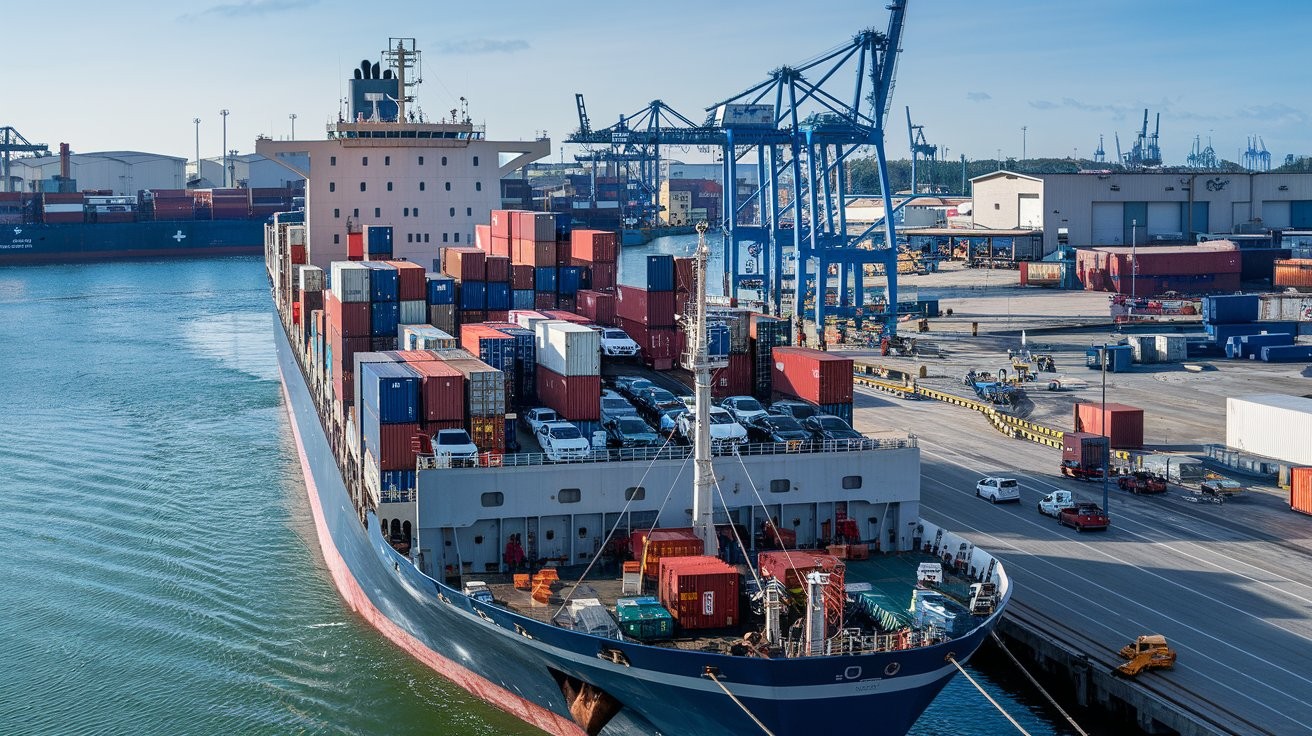

Key Benefits of End to End Supply Chains
20 Sep, 2024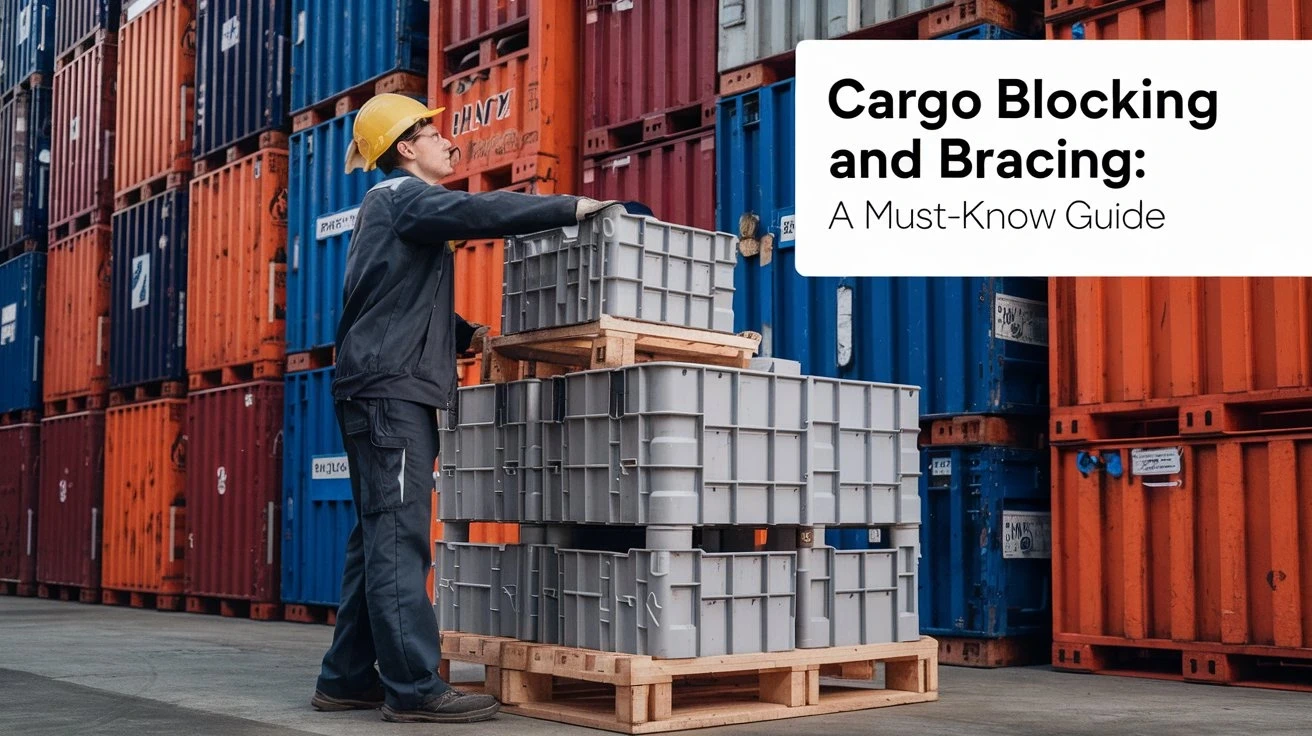
Cargo Blocking and Bracing: A Must-Know Guide
17 Sep, 2024
Third-Party Logistics (3PL): A Complete Guide
31 Jan, 2024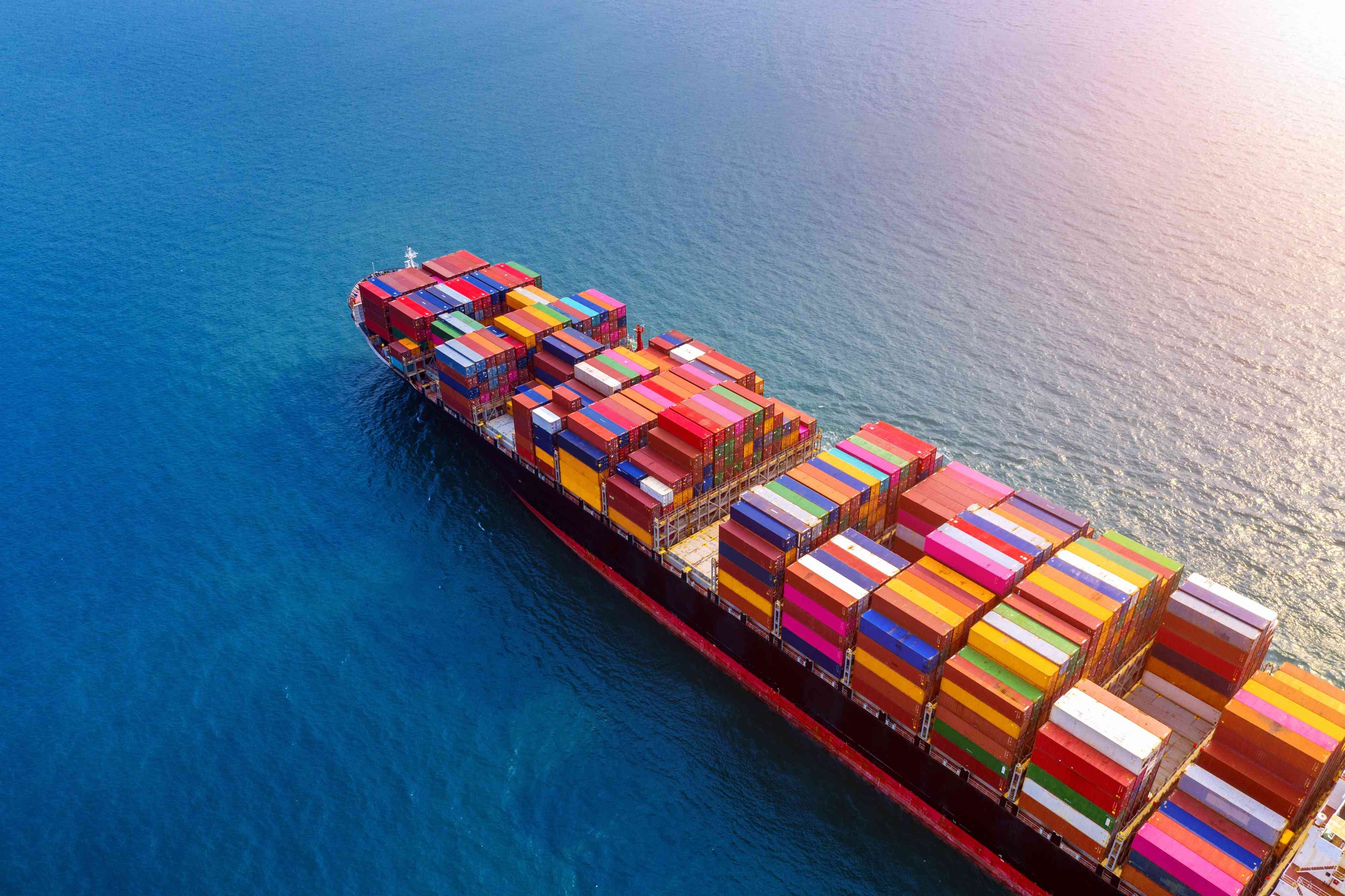
How do I book a container by sea freight
27 Nov, 2023
Top Reasons You Need A Cargo Insurance
30 Aug, 2023
Benefits of Customs Bonded Warehousing
24 Jul, 2023
Benefits of Logistics Outsourcing
30 Jun, 2023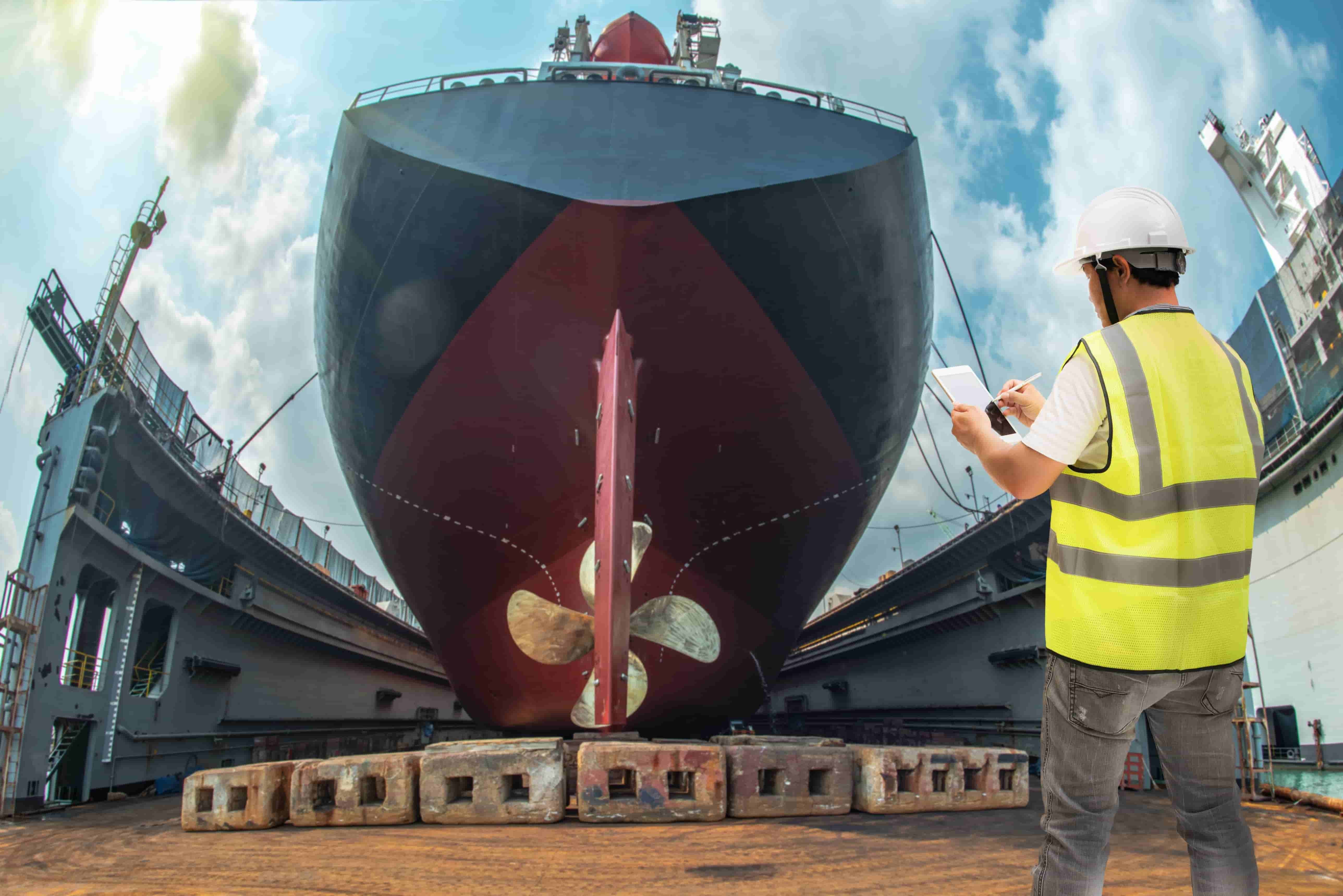
What is Dry Docking & Why Do Ships Do It?
30 May, 2023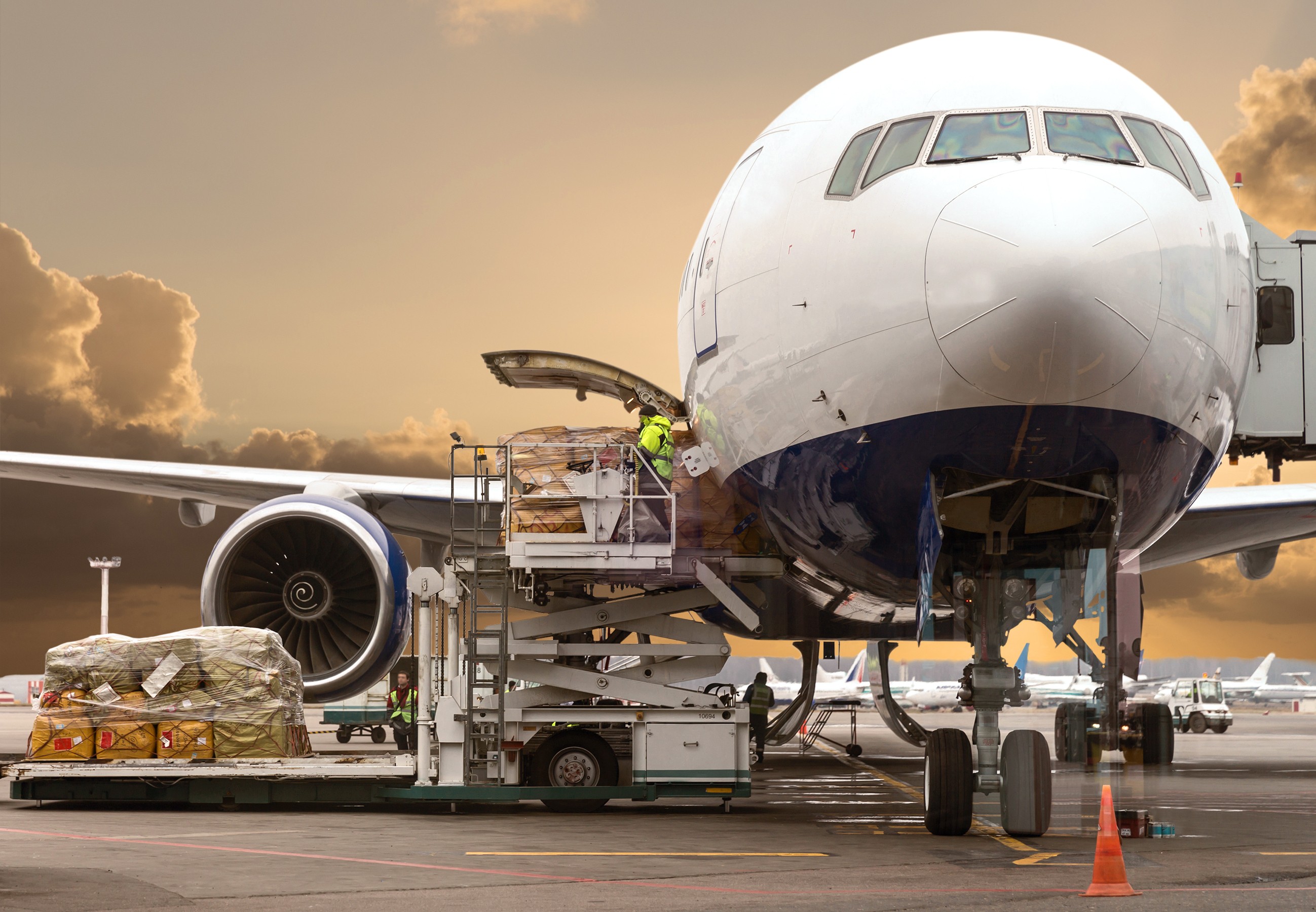
All You Need to Know About Air Freight
16 May, 2023
Ways Carriers Benefit from Contract Logistics
25 Apr, 2023
Pros and Cons of Contract Warehousing
27 Mar, 2023641c5faf72d6a.jpg)
Advantages of Freight Consolidation
23 Mar, 2023
All You Need to Know About Freight Charges
27 Feb, 2023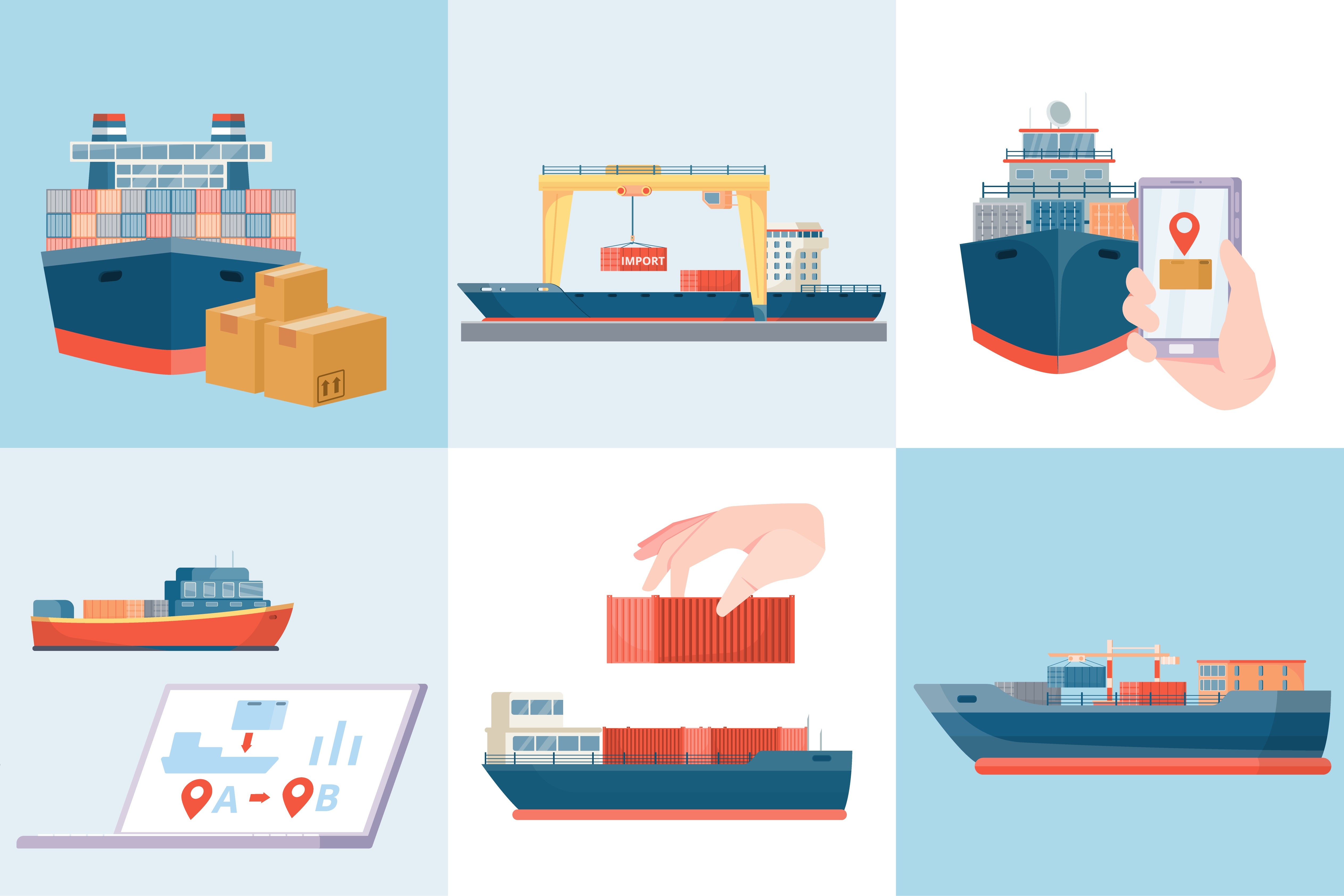
How to Find A Good Freight Forwarder?
24 Jan, 2023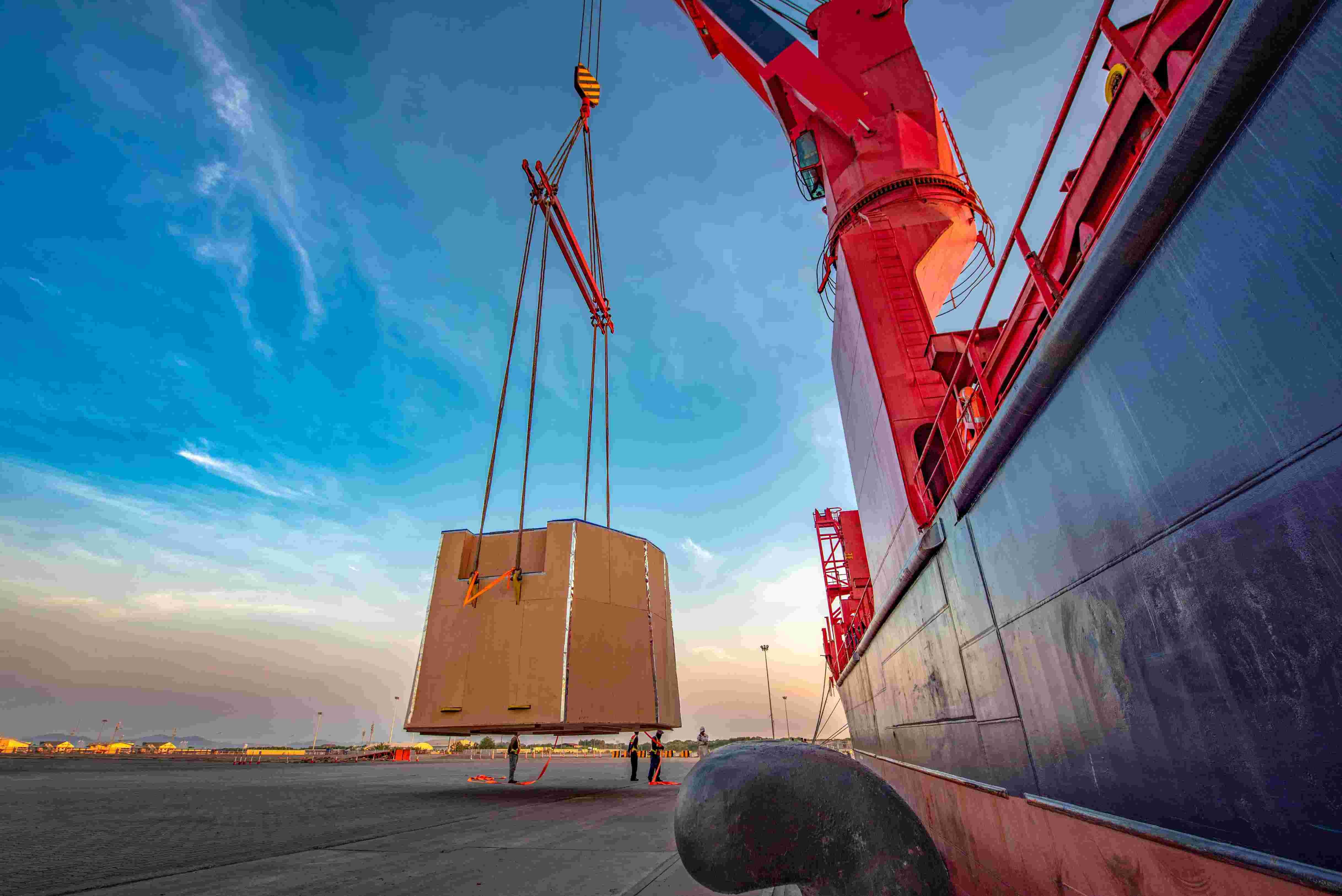
What is Project Cargo and How is it Transported?
07 Nov, 2022
How International Ocean Freight Shipping Works
25 Oct, 2022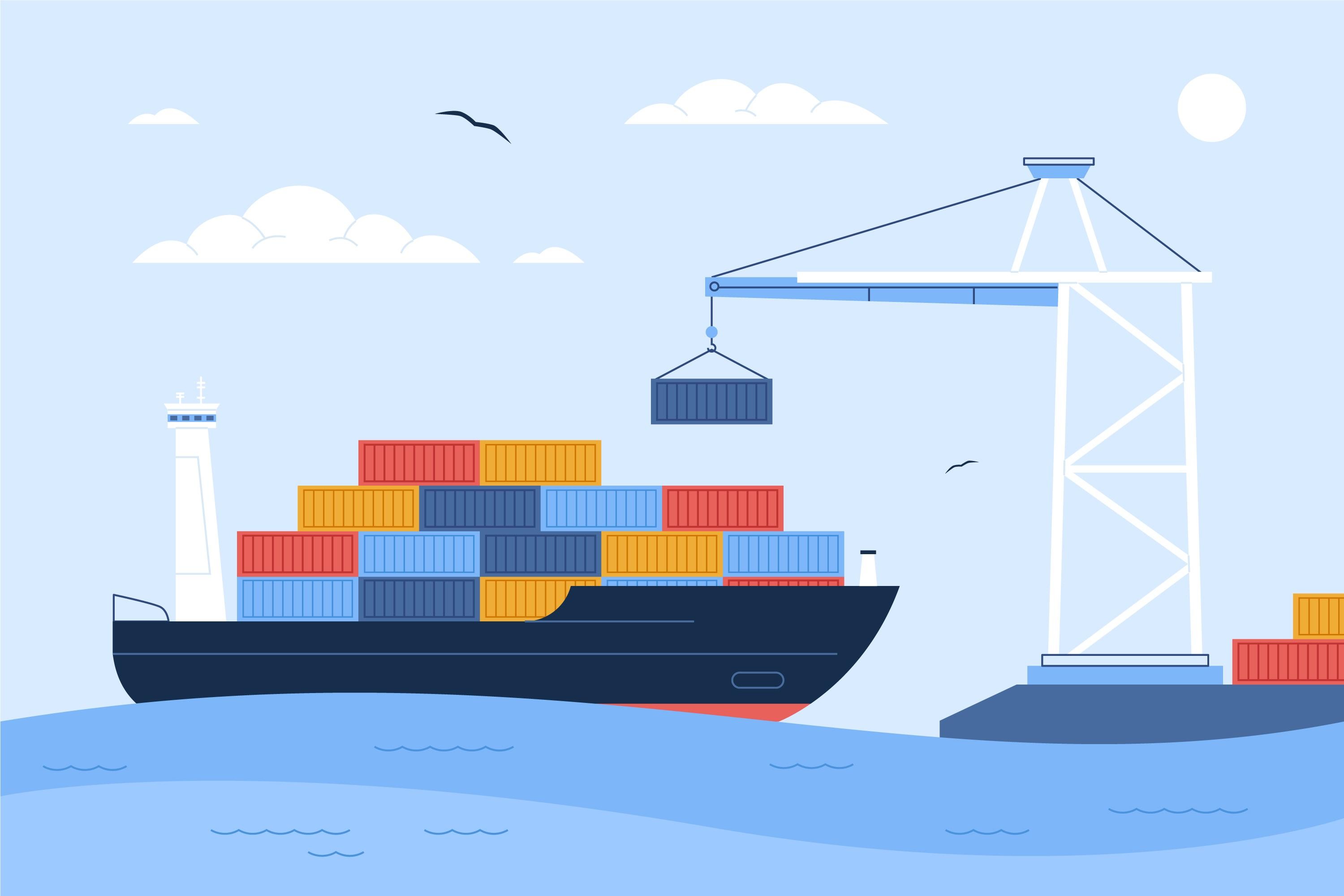
How does LCL shipping work?
26 Sep, 2022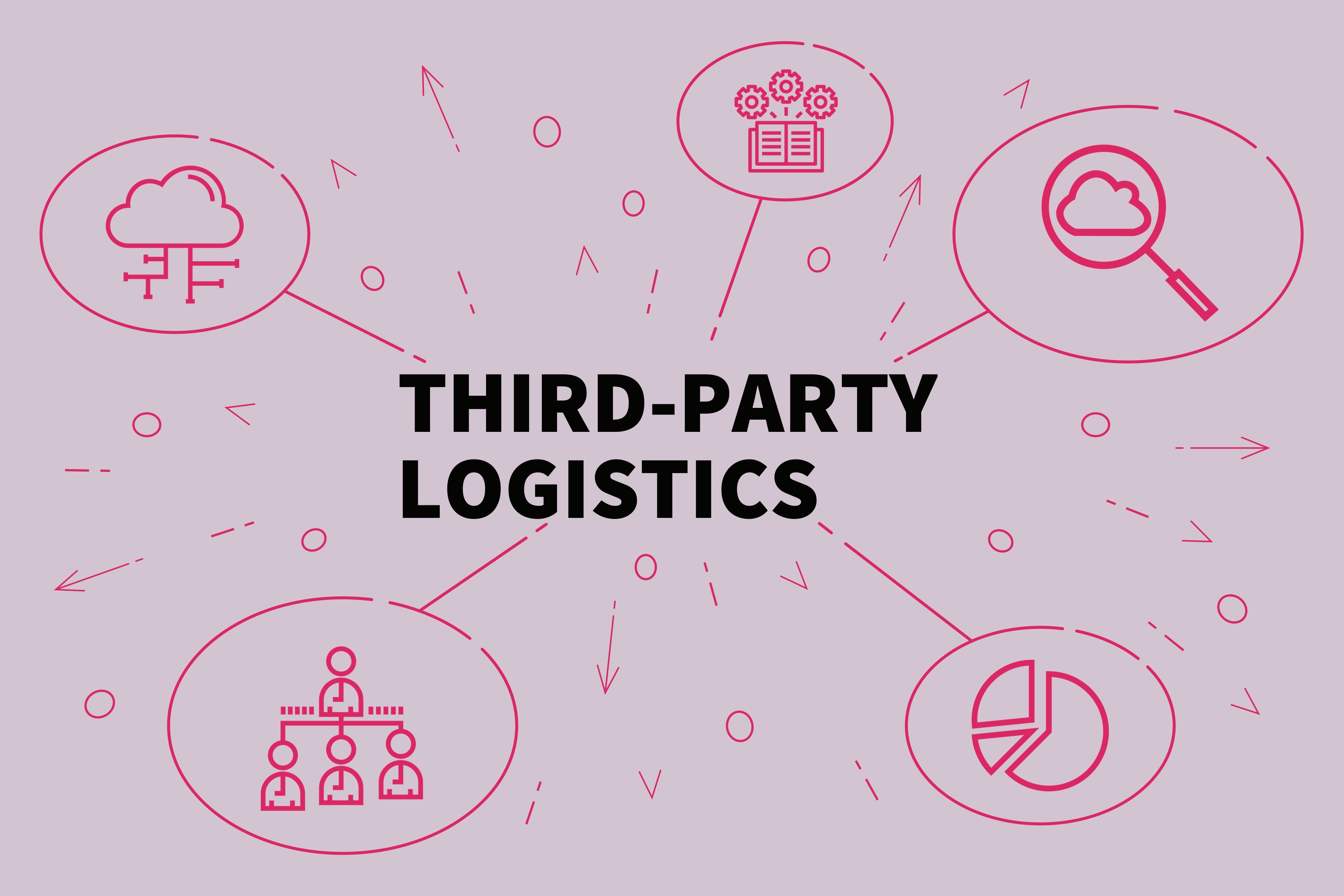
8 Ways to Optimize Your 3PL Relationship
22 Sep, 2022
Benefits Of Using An Outsourced Warehouse
22 Aug, 2022
Importance of Cargo Insurance
30 Jul, 2022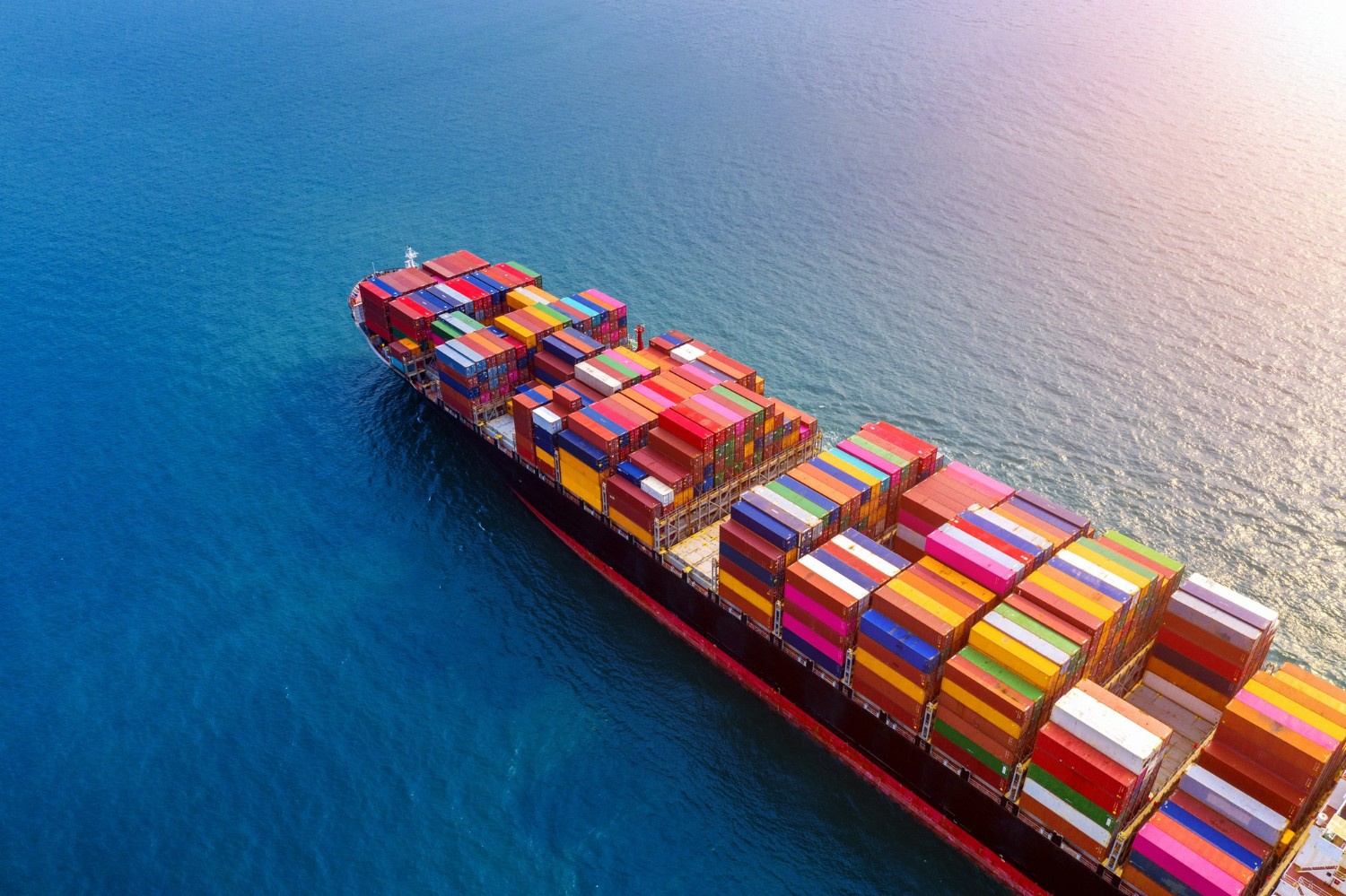
Top 10 Benefits of Ocean Freight Shipping
22 Jun, 2022
LCL or FCL - Which is Right for Your Cargo?
26 May, 2022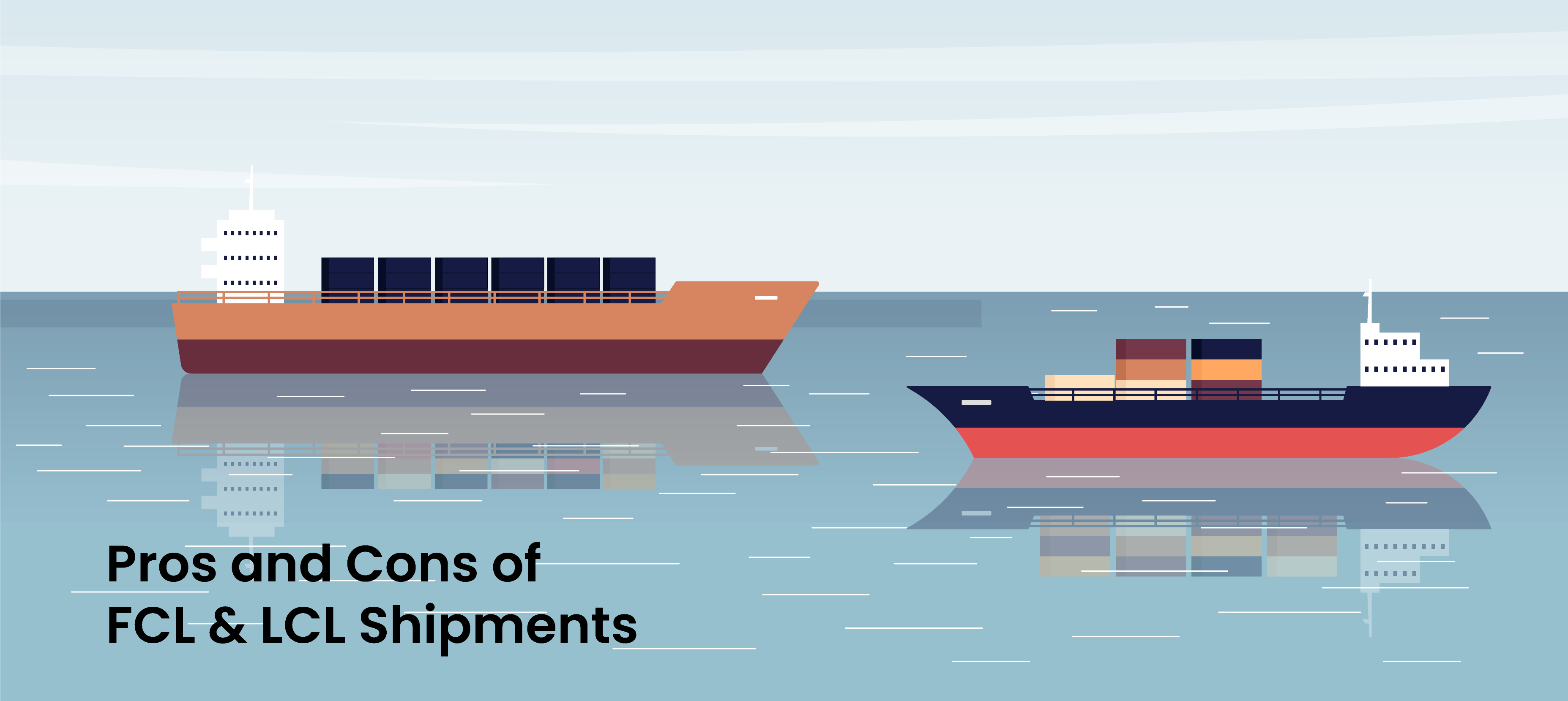
Pros and Cons of FCL & LCL Shipments
21 May, 2022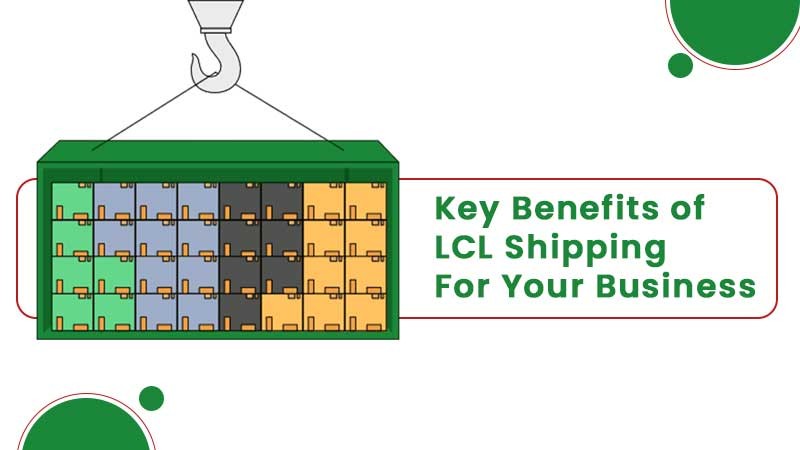
Key Benefits of LCL Shipping for Your Business
28 Jan, 2022


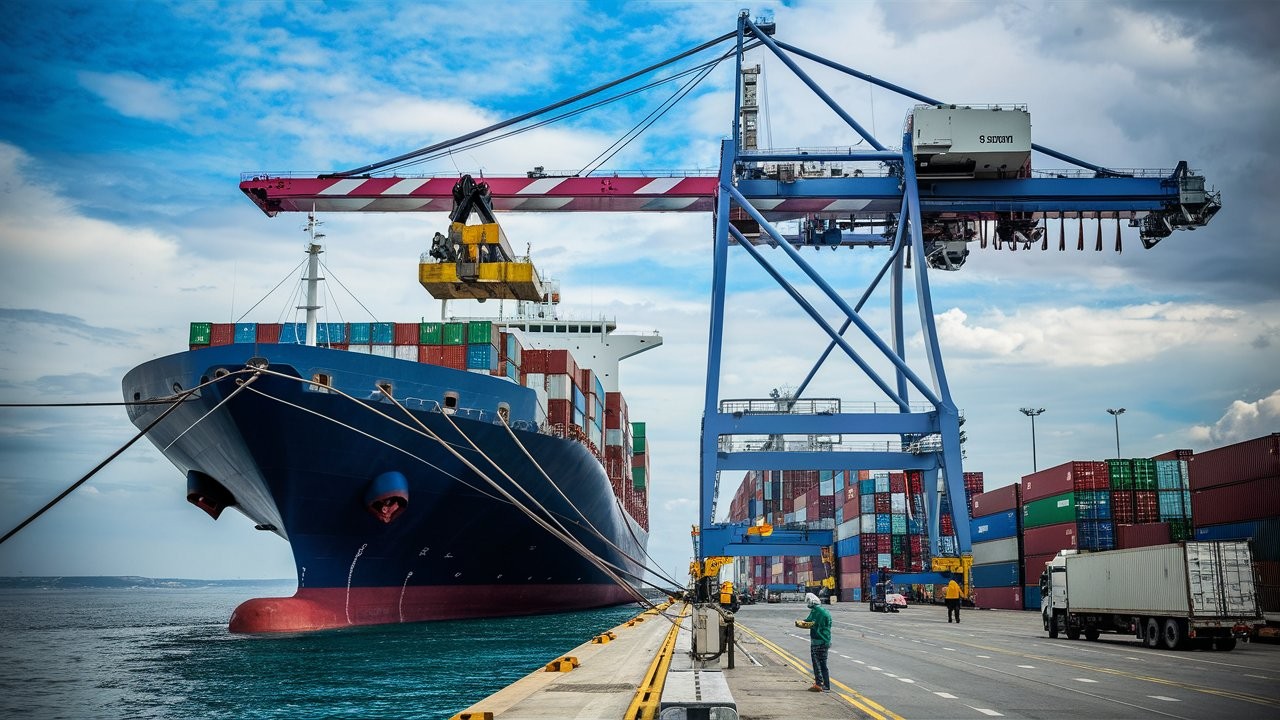



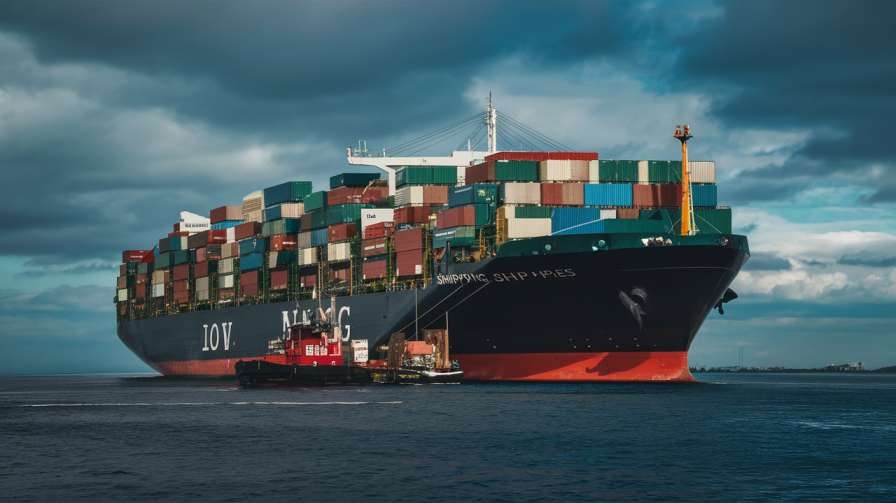



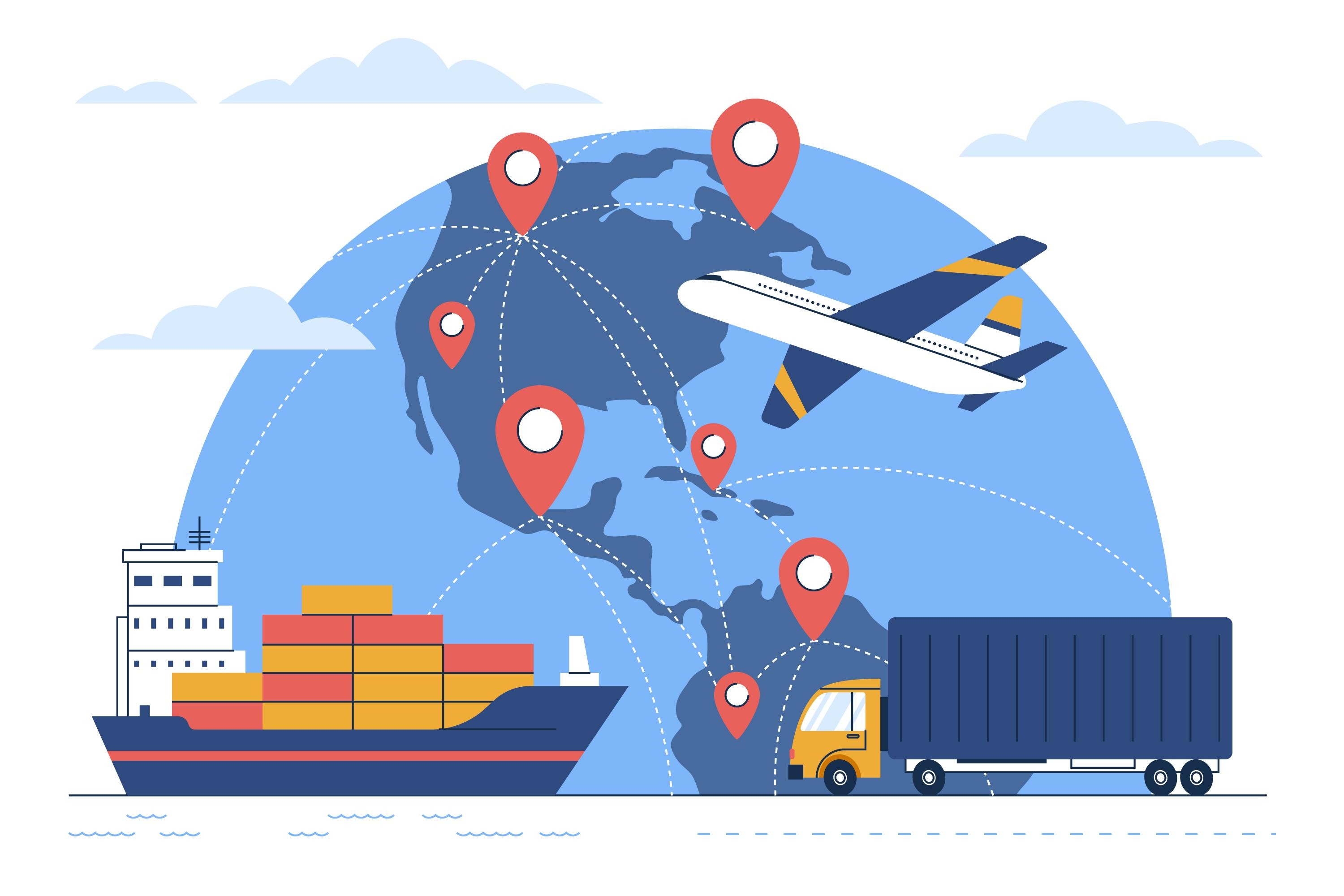



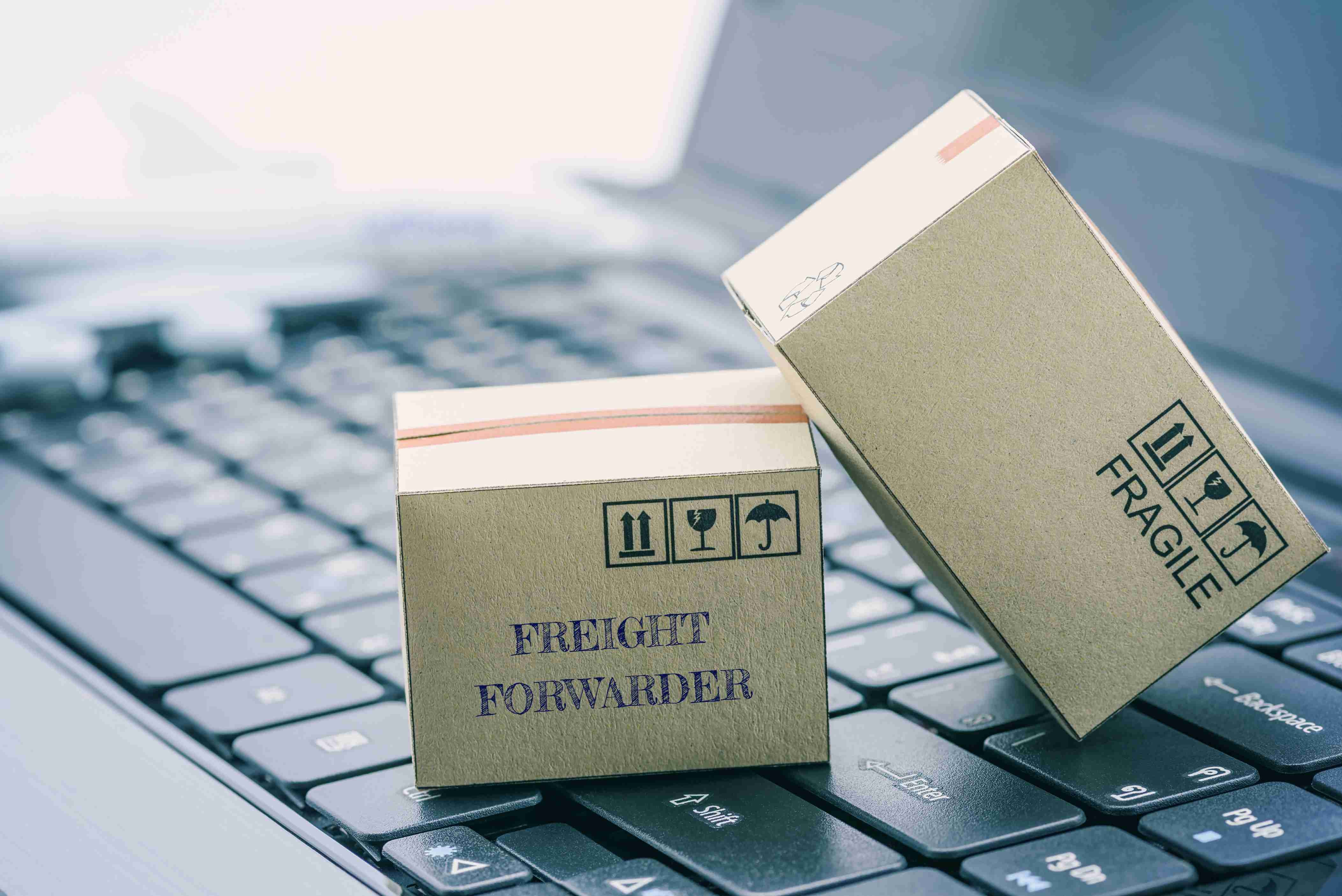


64ef6d522bd5d.jpg)
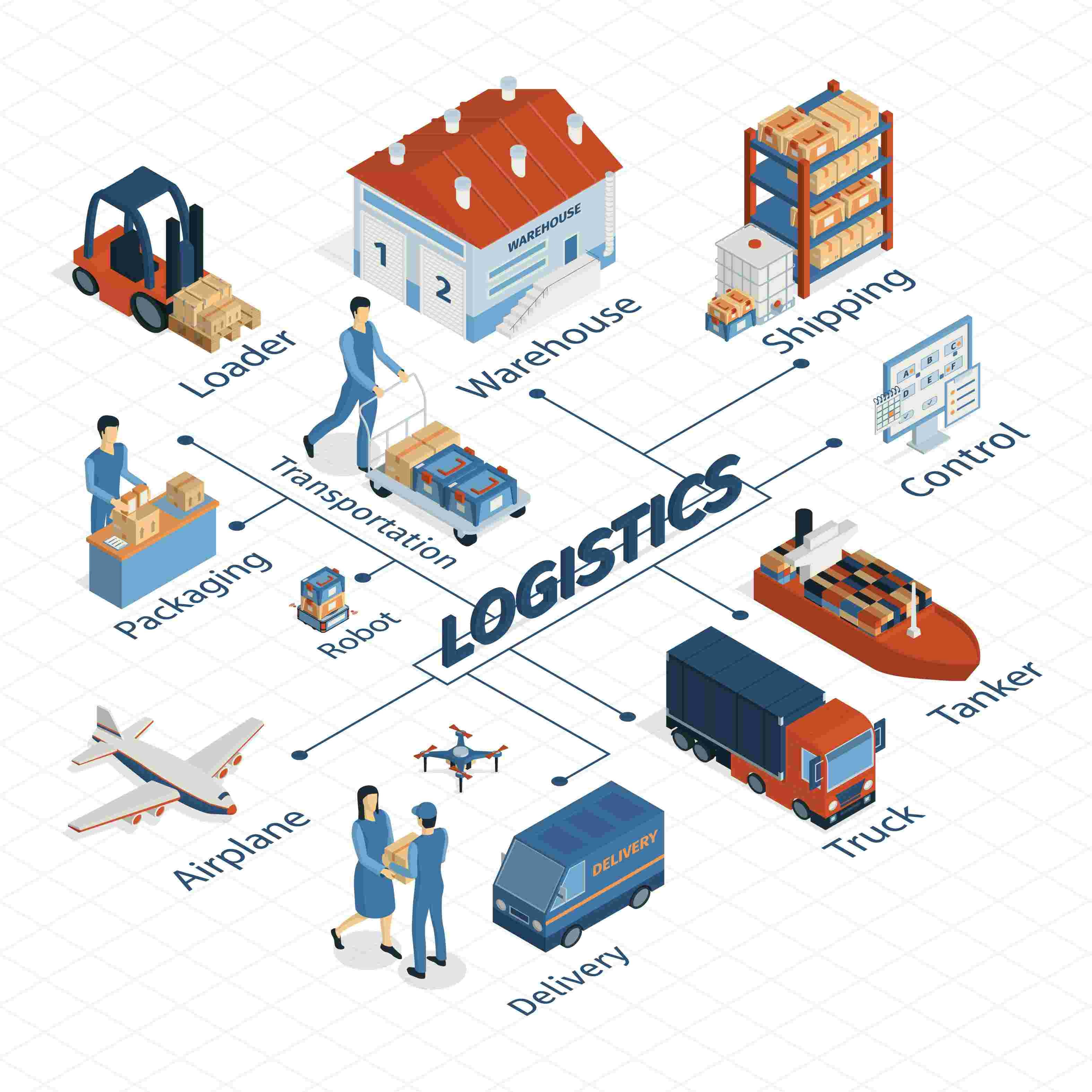
64a477953e86e.jpg)
643ff0cfeaf4e.jpg)
63fcb9023ba5f.jpg)
63d94f83c4432.jpg)
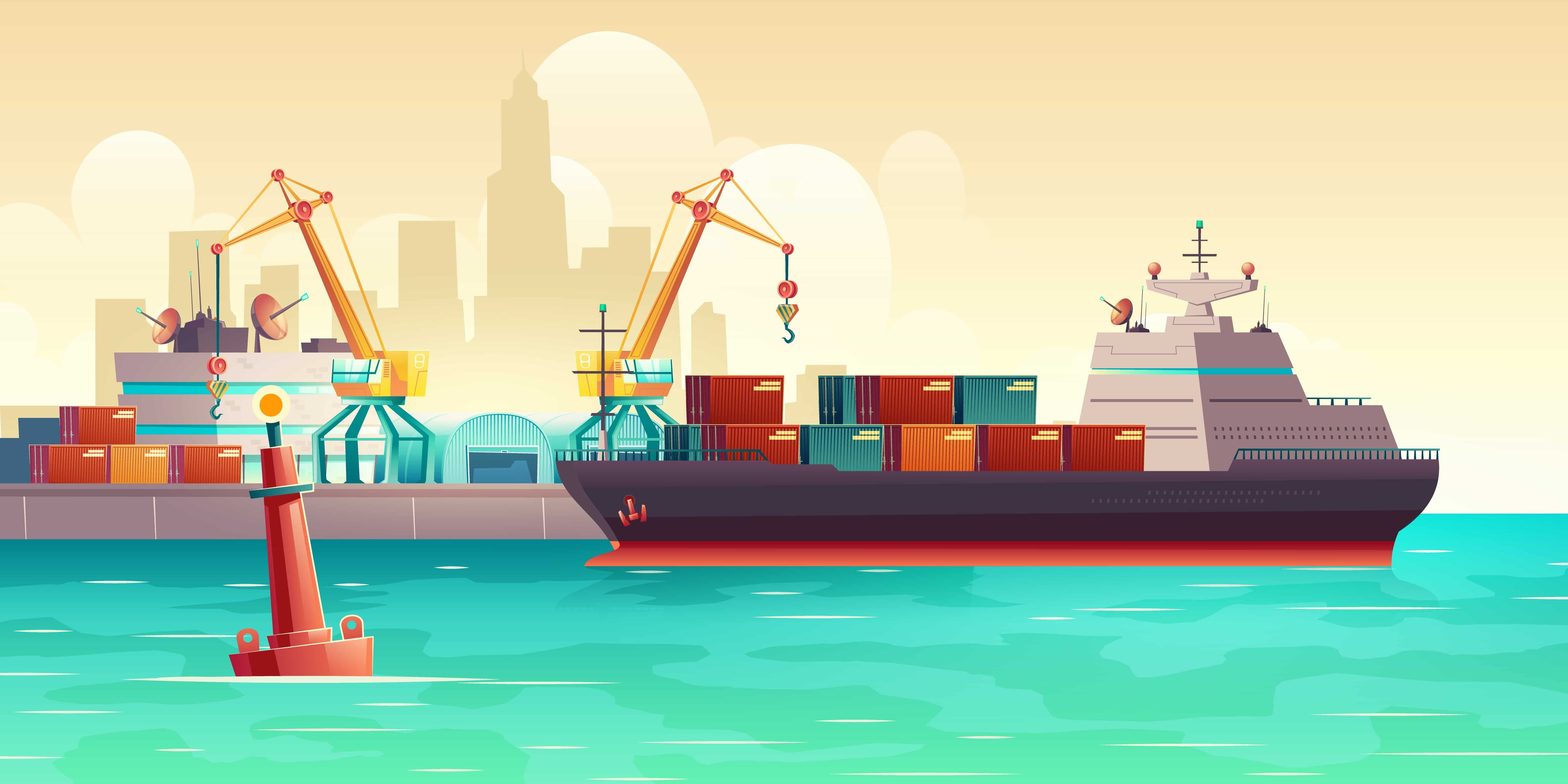

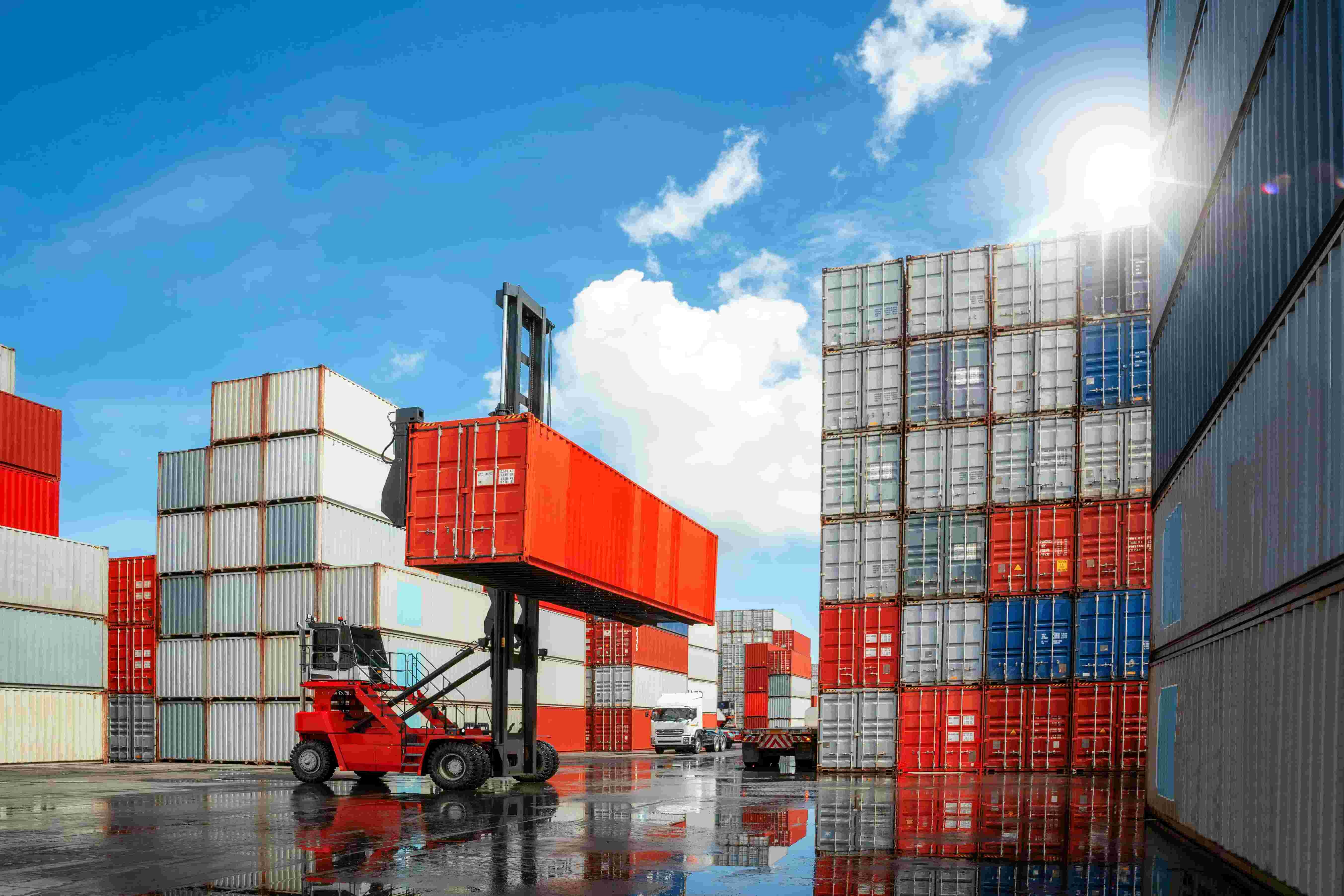
637611972635b.jpg)
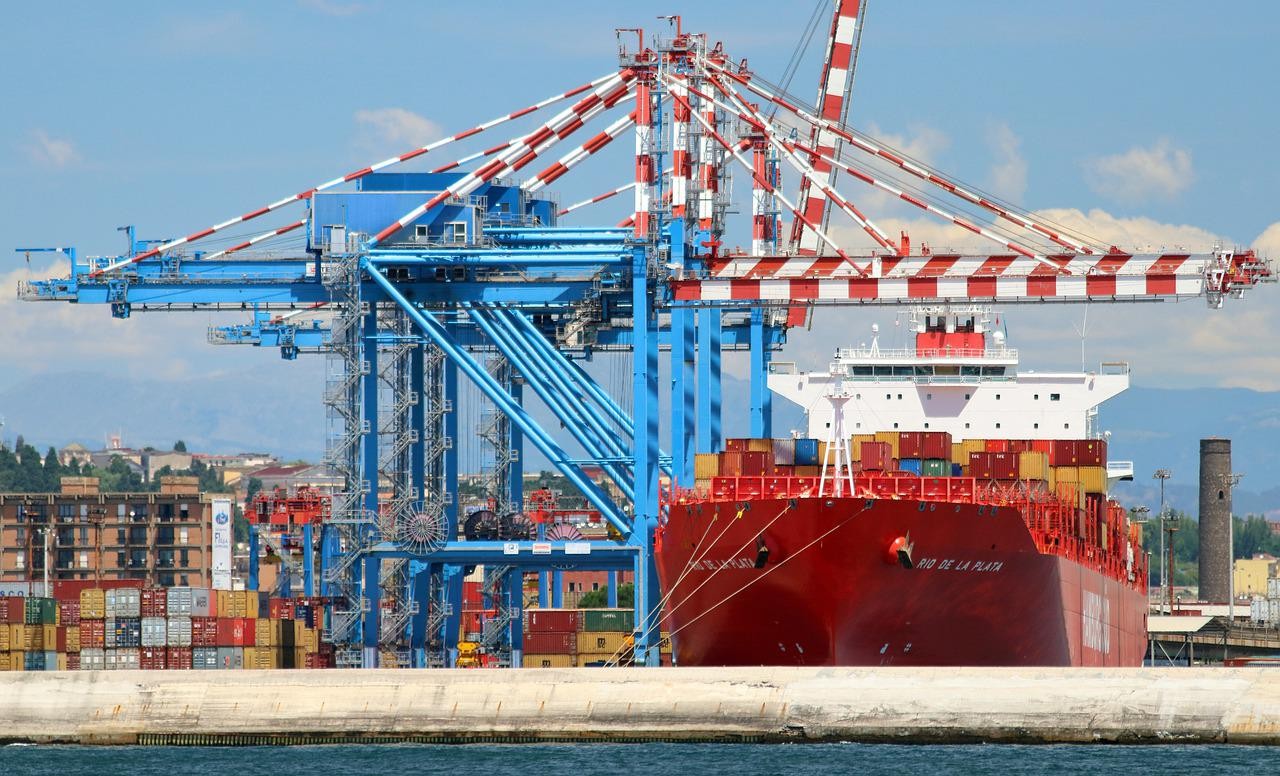


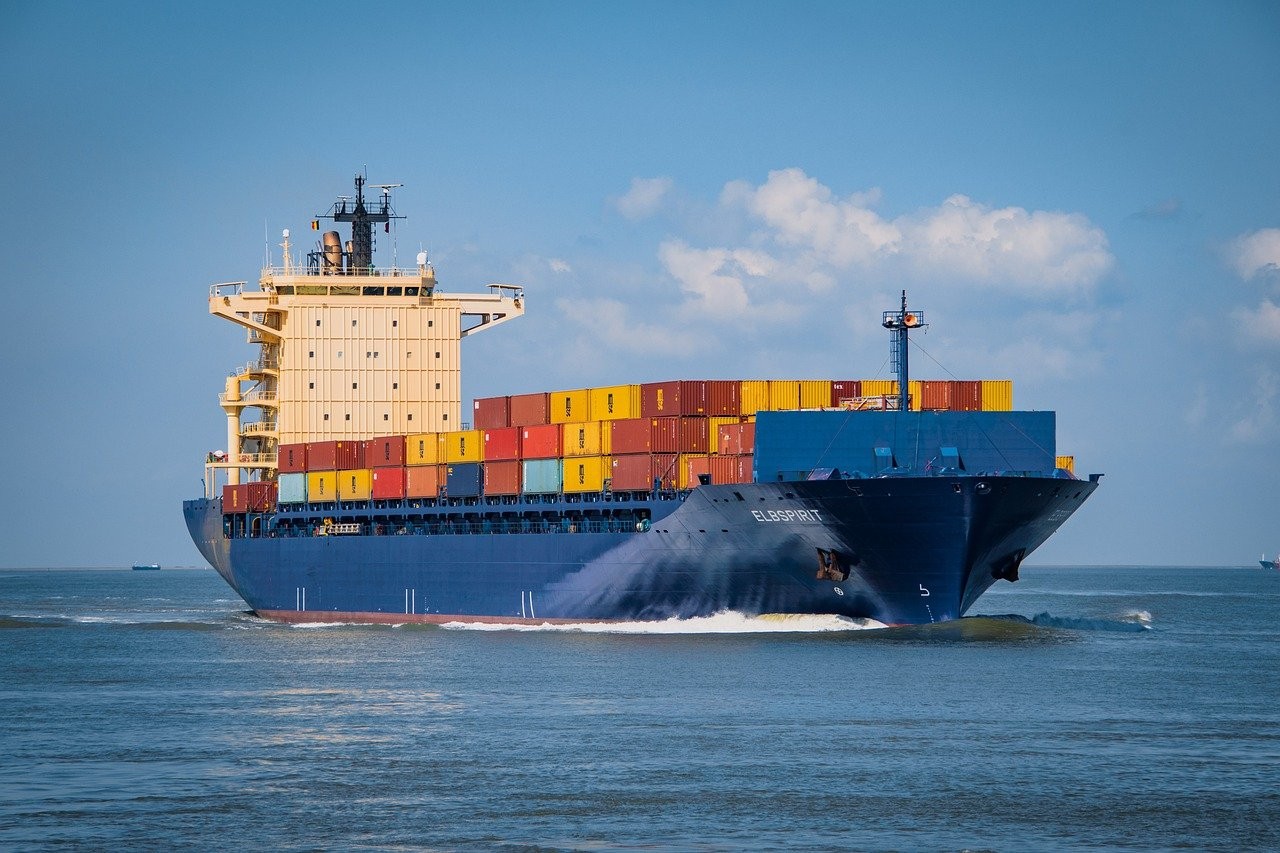
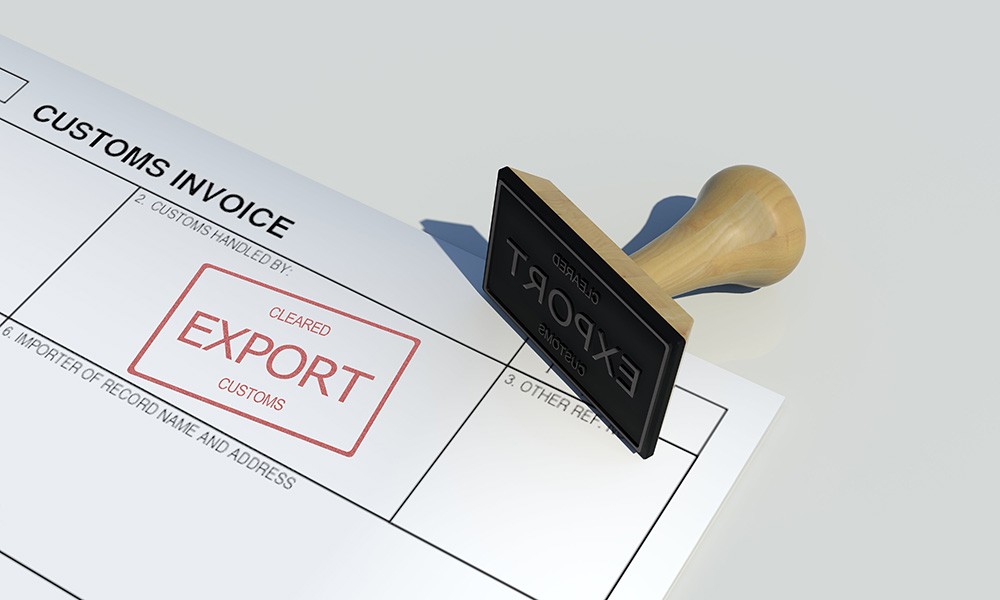
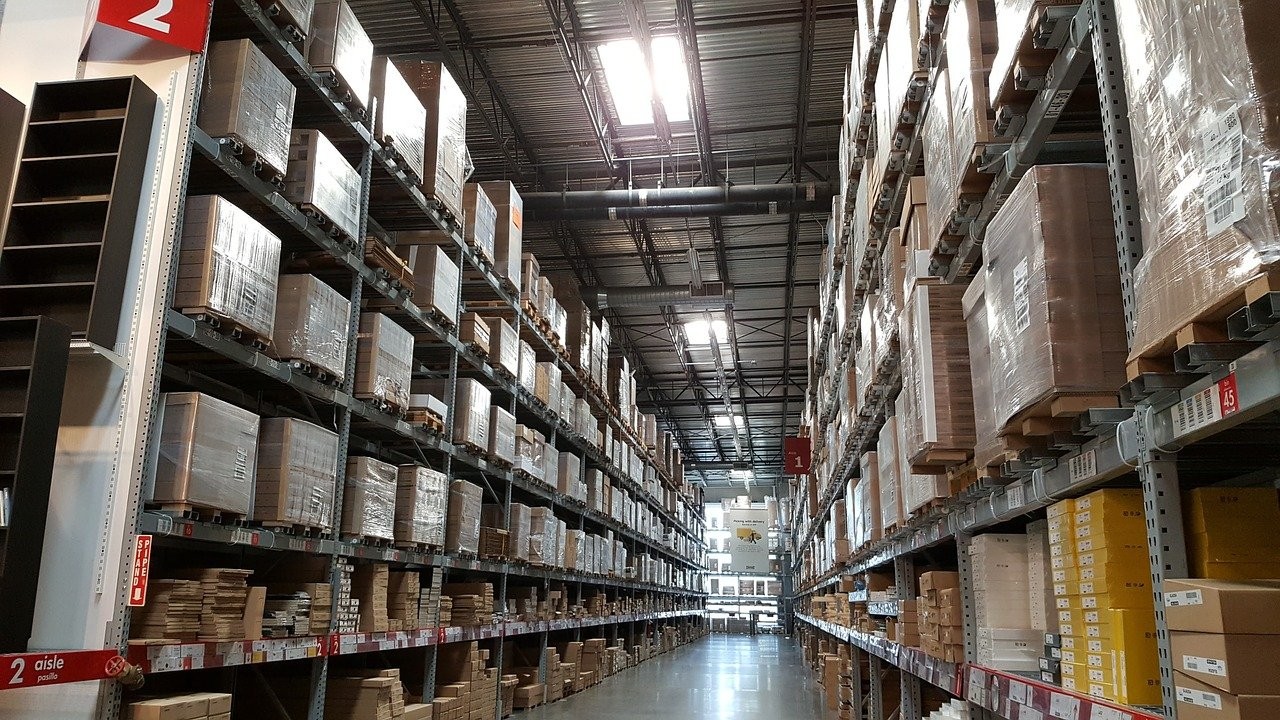


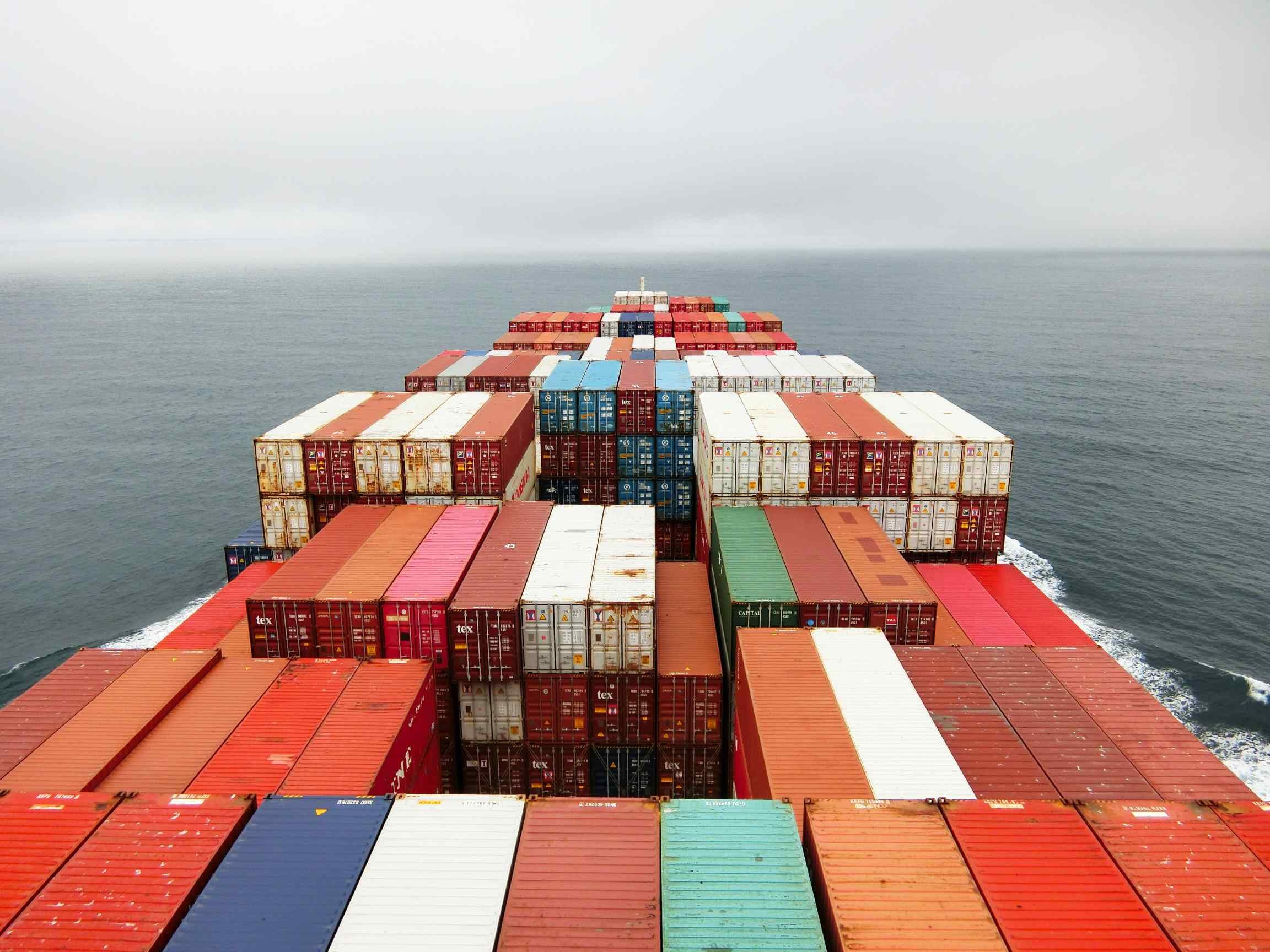
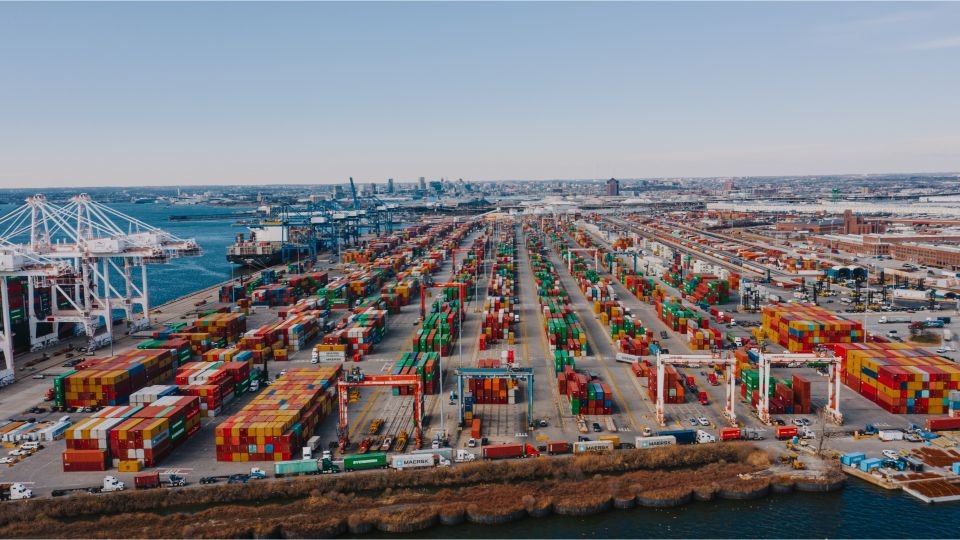

.png)